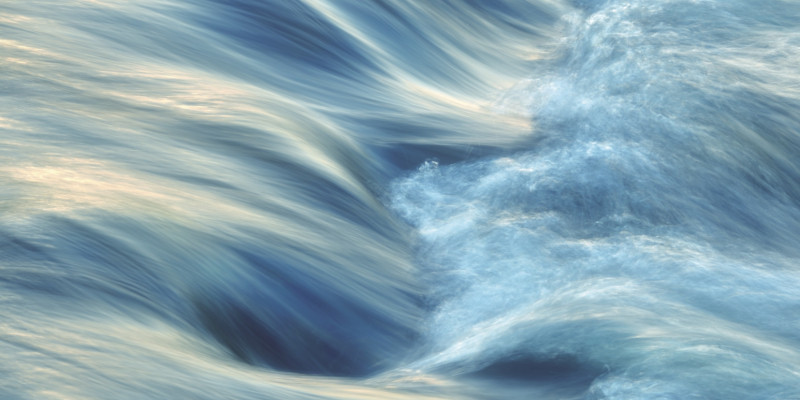Cluster Water regime, water management,marine and coastal protection
 Click to enlarge
Click to enlargeSource: Photograph: © photobars/stock.adobe.com

2019 Monitoring Report on the German Strategy for Adaptation to Climate Change
 Umweltbundesamt
Umweltbundesamt
 Click to enlarge
Click to enlarge
2019 Monitoring Report on the German Strategy for Adaptation to Climate Change
Precipitation processes and the temperature regime have a decisive influence on the natural water cycle – both globally and regionally. Any changes in climatic conditions will also entail changes to the water regime and thus the water management framework.
It is not just a matter of chance that Germany’s water industry has for many years grappled with the impacts of climate change on water regime and water quality. Important issues are the long-term protection from extreme floodwater events and the appropriate handling of low water levels. Maintaining a sufficient and sustainable supply of drinking water and service water in all parts of Germany has become an increasingly important issue in view of the drought year of 2018. Water is indispensable for many types of use, e.g. as drinking water, cooling agent in the energy industry, as raw material and process material in industrial applications, as mode of transport in the shipping industry, for the irrigation of agricultural fields or simply in recreation and leisure. In order to be able to meet the wide variety of demands, water must meet certain requirements in terms of volume and quality. Even in a basically water-rich country like Germany, dry summers can lead to regional difficulties regarding adequate supplies of water. A sparing use of water reserves and the balance between water supply and utilisation therefore play important parts in adapting to climate change.
Likewise, adequate supplies of water are vital for all water-dependent ecosystems. The water industry therefore deals increasingly with ecological issues. The EU Water Framework Directive requires that surface waters and groundwater be kept in, or restored to, a condition which is both ecologically and chemically sound, and that their function as habitat for animals and plants be safeguarded in pertuity. The task is to achieve these objectives despite climate change.
Increased occurrence of low groundwater levels (WW-I-1)
The availability of water is changing (WW-I-2)
Repeated floodwater events (WW-I-3)
Low-water events – no climate-change related clusters found (WW-I-4)
Clear trend towards higher water temperatures in lakes (WW-I-5)
Algal bloom in spring – major fluctuations from year to year (WW-I-6)
The North Sea is warming (WW-I-7)
The sea levels of North Sea and Baltic Sea are rising (WW-I-8)